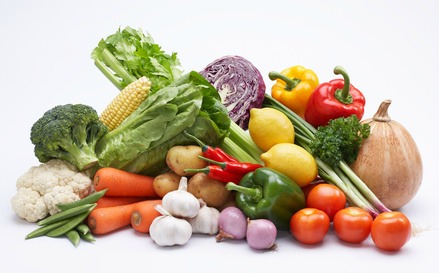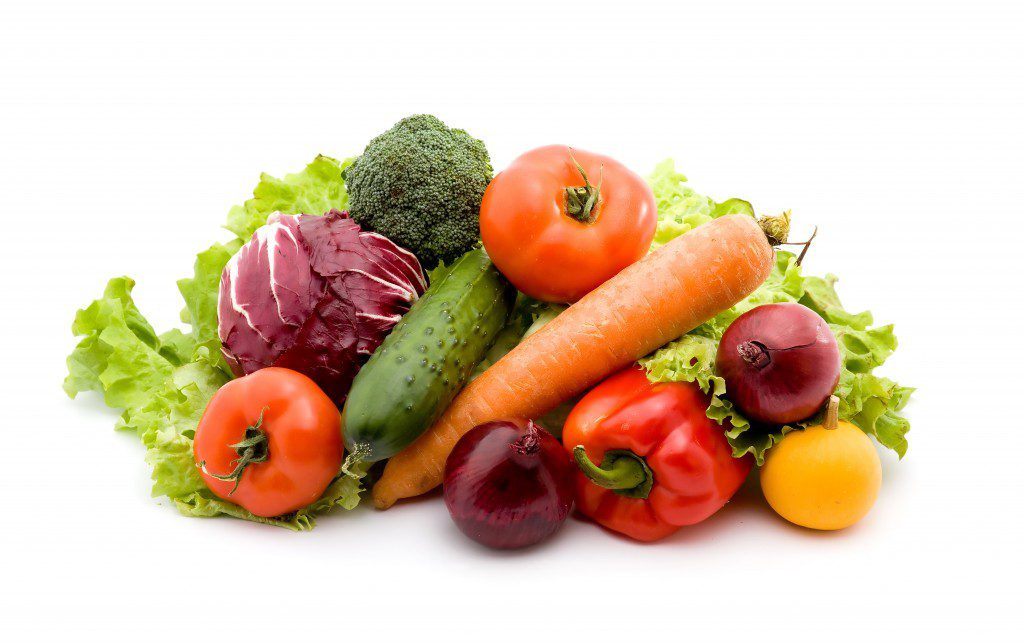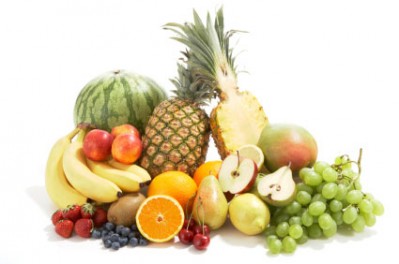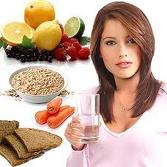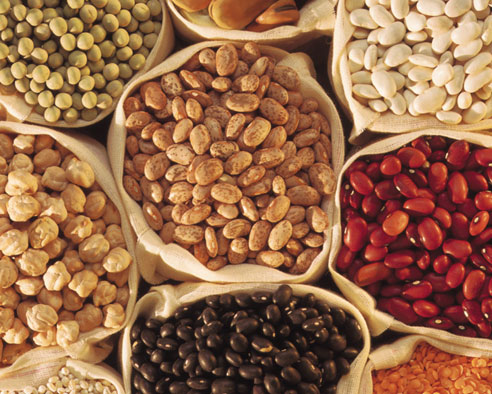Does gut health, intestinal bacteria drive obesity and metabolic disease?
Health, fitness and quality of lifestyle…what does this all mean to you?
You probably already know the answer…
The bacteria within your intestines are key to a good digestive health.
Is gut health key?
Do healthy bowels (intestines) plays a major role in overall health and detoxification?
Dear Friend,
Recent studies have shown bad bacteria causes inflammation in the gut, which causes metabolic abnormalities, people need to eat more and this develops insulin resistance.
Intestines neutralize and break down toxins ingested with foods (good intestinal bacteria)
Even if your goal is just to become aware with understanding the basics, it becomes very clear at least why gut health affects your overall health (both physical and mental)…
Gut health provides three crucial functions for normal health:
- Gut breaks food down to nutrients
- Gut facilitates absorption of nutrients into blood through intestinal walls
- Gut prevents foreign and toxic molecules from entering bloodstream
Studies have shown changes in gut flora can increase the rate at which you absorb fatty acids and carbohydrates.
And this includes how foods are stored in calories as fat…

Yes, it means a woman with bad gut flora could eat same amount of foods as a woman with a healthy gut, extract more calories and still gain more weight.
Bad gut flora can even directly contribute to metabolic syndrome by increasing production of insulin (leading to insulin resistance)…
And by causing inflammation of the hypothalamus (leading to leptin resistance).
You can choose to eat quality organic foods, make sure you have low exposure to toxins and work at being healthy with the most positive attitude…
Still if your gut health, which includes digestion, nutrient absorption and gut-detoxification are not functioning properly, your overall health deteriorates.
How many times have you heard…you are what you eat?

More accurate would be you are what you absorb and assimilate…
You see, over two-thirds of neurotransmitters are made in your gut.
Why is the gut your second brain?
Because the majority of serotonin (90-95 percent) is made in your gut…
What if your gut is inflamed or not functioning optimally?
Production of serotonin is significantly lowered and end result could be depression.
Bear in mind that an inflamed gut effects the brain which can mean increased risk of depression and dementia.
Do you think poor gut health may be the root cause of most of your current health problems?
Do you suffer from type 2 diabetes, weight gain or struggle to lose weight?
May be its insulin resistance and obesity?
What about poor digestion, food cravings, poor immune system?
One possible mechanism for how changes in the gut flora are linked to different species of bacteria which seem to have different effects on appetite and metabolism.
Candida, bloating, constipation, diarrhea, fatigue…the list is endless, right?
Point is this…your immune system revolves around the gut…
Poor gut health can mean different ailments with horrendous symptoms.
Poor gut health may be linked to symptoms like:
- IBS (Irritable bowel syndrome)
- Diffuse or localised abdominal pain (contractions, spasms, heartburn)
- Bloating and gas
- Changes in digestive transit, bouts of constipation or diarrhoea (or both alternately).
There are so many different factors and reasons which can have short term or long term effects which are condition related to the digestive system.
Some may not last long and could be symptomatic to other factors.
Some food types as such can result in constipation and diarrhoea.
You want to become aware when changes happen in terms of some are long lasting, life changing and need proper care with professional support to help manage the condition.
Conditions related to poor gut health can be:
- Acute Diarrhoea
- Allergies
- Bad breath
- Bloating
- Candida
- Changes in brain function
- Coeliac Disease
- Constipation
- Crohn’s Disease
- Diarrhoea
- Fatigue (chronic fatigue syndrome)
- Fibromyalgia
- Food intolerances (sensitivity to grains and dairy)
- Foul smelling excretion
- Headaches
- Gallstones
- Haemorrhoids (piles)
- Heartburn (acid reflux)
- Indigestion
- Irritable Bowel Syndrome (IBS)
- Leaky gut syndrome
- Skin problems (rashes)
- Ulcerative Colitis
Digested food should take between 24-36 hours from eating to elimination.
What causes gut health problems?
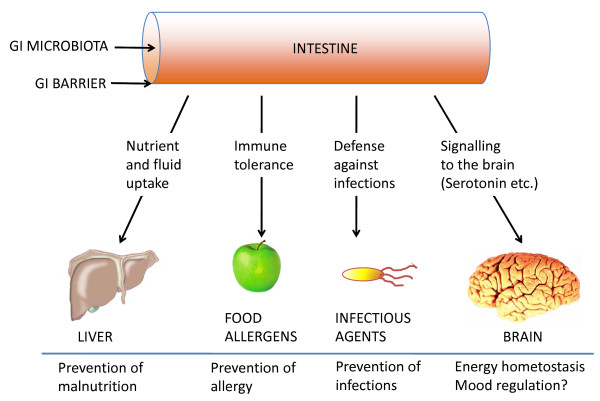
There are hormones and lots of other factors which can play their part in your gut health.
Non-steroidal or anti-inflammatory drugs (NSAIDs) like aspirin, ibuprofen and naproxen relieve pain and inflammation by actually blocking an enzyme called cyclo-oxygenase.
The problem is cyclo-oxygenase enzyme performs important functions in protecting the stomach from corrosive effects from its own acid…
And is responsible for strengthening the activity of immune system.
Poor gut heath or a malfunctioning gut can cause intestinal inflammation, damaging the lining of intestine causing intestinal permeability.
This process can turn on an autoimmune response in the body…
Research shows women with long term or chronic use of NSAIDs, 65% develop intestinal inflammation and up to 30% develop ulcers.
Frequent use of antibiotics may decrease beneficial, protective gut bacteria (good flora).
Gut health is your body’s first line of natural defense, yet frequent or over use of antibiotics may be damaging your gut’s lining.
And without regular tests and monitoring (or own healthy intervention), your body’s unique diversity of trillions of beneficial bacteria won’t automatically be recovered after it’s lost.
Chronic and persistent stress levels weaken your immune system’s response to infection.
Your brain and intestines are controlled by many of the same crucial hormones (which is why gut is referred to as second brain).
This connection is referred to as the gut-brain axis…

Communications between gut-microbiota and gut-brain axis in stress response.
Overuse of alcohol has a negative impact on just about every system in your body.
Alcohol can irritate liver, stomach and intestines and suppress hormones which protect against inflammation which may contribute to leaky gut syndrome.
Research on grains and the negative impacts of gluten is well documented now…
Gluten-free grains have an abundance of amylose sugars, which may cause inflammation.
The anti-nutrients in gluten-free grains (lectins and phytates) bind to intestines and make nutrients inactive in the body,
Grains may cause a wide variety of inflammation with low grade damage to gut and health.
Different combinations of macronutrients in different ratios can have dramatic effects.
Bottom line: Your body needs carbohydrates, protein, fat, vitamins, minerals and water for nutrition, healing and to build, restore, repair body tissues and structures.
How to repair and restore gut health…

It’s difficult to be told you must avoid all the bad foods…
Your goal (if possible) is to become aware of what negatively affects GI tract such as inflammatory foods, infections and gastric irritants like alcohol, caffeine or medication.
Inflammatory foods: gluten, dairy, corn, soy and sugar may lead to food sensitivities.
Infections may be a result from parasites, yeast or bacteria.
Some parasites like Toxoplasma gondii and Plasmodium spp can cause disease directly, while other organisms can cause disease by the toxins that they produce.
To get to bottom of the cause (no pun intended) comprehensive stool analysis is key to determining the levels of good bacteria as well as any infections that may be present.
Removing infections may require treatment with herbs, anti-parasite medication, anti-fungal medication or even antibiotics.
Is it as easy and straight forward as replacing “bad” foods with “good” foods?
You’d need to know which foods are beneficial to your overall gut health, right?
You’d need to be able to identify which macronutrients have been depleted by medication (anti-acid medications), diseases or aging…
And be able to add back essential ingredients for proper digestion and correct absorption in order to restore an optimal level of good gut bacteria with correct digestive enzymes.
Probiotics and l-glutamine require proper digestion…
Consuming foods high in soluble fiber is also very important.
Other key nutrients include zinc, omega-3 fish oils, vitamin A, C and E…
Your gut is home to approximately:100,000,000,000,000 (100 trillion) microorganisms.
Your gut contains 10 times more bacteria than all cells in your entire body which includes over 400 known diverse bacterial species.
Organisms living in your gut determines how your body stores food you eat, how easy or difficult it is to lose weight and how effective is your metabolism functions…
If you’d I’d like to go into more detail on gut health, feel free to check out other articles…
Gut Health
 Your Healthy Body In Less Time, Effort and Sacrifice Look 20 Years Younger Without Dieting, Hunger, Counting Calories, Working Out Longer
Your Healthy Body In Less Time, Effort and Sacrifice Look 20 Years Younger Without Dieting, Hunger, Counting Calories, Working Out Longer



